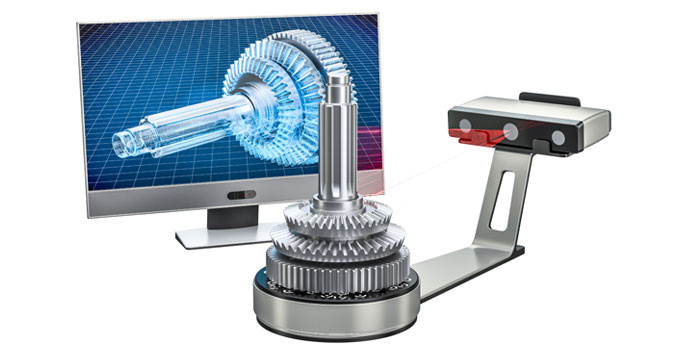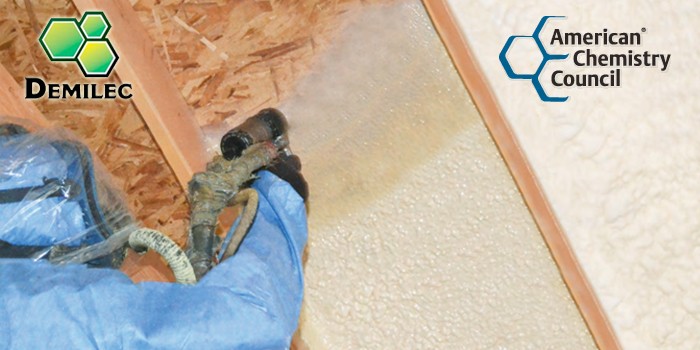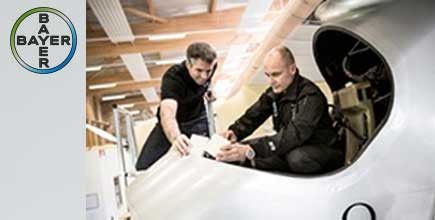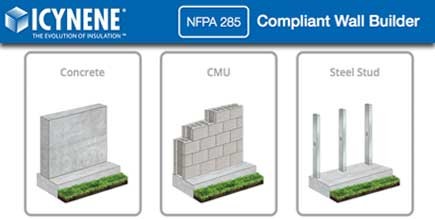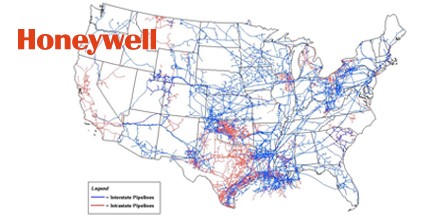Infrared Cameras Give Spray Foam Contractors a Powerful Building Envelope Diagnostics Tool
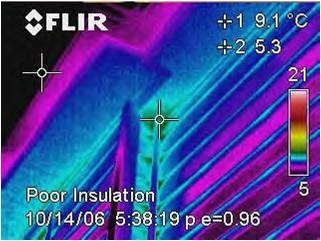
Using Infrared Thermography for Building Diagnostics
Most building inspections involve some type of visual assessment. If there are no obvious signs or symptoms of problems or failure, the homeowner is often left with good grades on a home that is not deserving.
This not only causes confidence issues for the inspector but can also cause a future loss of business if problems or failures are not detected. Destructive testing is a costly and damaging endeavor, but may be required for a definitive answer. Now, infrared thermography is a much better solution. Infrared imaging is non-destructive, it is accurate and much faster in pin pointing anomalies within a building.
Infrared thermography can be used in many applications to diagnose a building’s envelope integrity including insulation, air leakage, moisture (mold), electrical, heating and cooling problems, construction defects. Thermal Imaging can also qualify or quantify if there are specific assembly materials added as specified by a specific trade contractor. Each of these applications can be more easily and effectively assessed by using non-destructive infrared thermography.
Thermal Camera Applications
Insulation
Example 1: Infrared image of missing insulation on the ceiling below an open balcony in a brand new house. The structure was drafty by the exterior wall where this image was taken. The infrared image easily demonstrated the insufficient insulation in the ceiling space, which created the air leakage.

Example 1: missing insulation in the ceiling. Note the cold air also flowing down the wall
Wet Insulation on Flat Roof
Example 2: An infrared image of wet insulation under a single-ply flat roof which was leaking. Infrared scans of roofs are generally done after sun down and in light to no wind conditions. Moisture holds in the heat from the day time sun longer than the structure and insulation, showing as hot spots within the infrared camera.

Example 2. Infrared image of moisture seeping into the insulation on a single ply flat roof.
Heat, Air and Energy Leakage
Example 3: During an energy audit, this image shows warm air escaping from the corner of the house. Infrared cameras are more often used during energy audits in conjunction with blower doors. Blower doors create negative pressure within the structure allowing the infrared thermal camera to easily identify air intrusion from the interior of the structure. Often blower doors are used in conjunction with duct blower systems.

Example 3. Air leakage during an energy audit inspection.
Water Leak in a Radiant Floor System
Example 4: Infrared cameras can easily diagnose radiant floor leaks and damage. During normal diagnostics of radiant systems very costly destructive tests are normally used. An infrared camera will pinpoint the location where repairs are needed, or moisture damage to other components of the structure that have occurred.

Example 4. Broken radiant floor system pipe
A/C System Cooling Problems and Condensation
Example 5: An infrared image taking from a FLIR thermal camera of a non-performing A/C system. This particular system was not working at 100% efficiently and was also causing condensation moisture leaks in the basement. Those leaks caused moisture penetration in the surrounding drywall, which was also identified by the infrared camera.

Example 5. Inefficient A/C system.
Moisture penetration and mold
Example 6: Stucco wall with moisture penetration. Throughout the years, the home owner had many patches done by a stucco contractor. The patches were inadequate and allowed moisture to penetrate the structure, potentially leading to mold.

Example 6. Infrared image of stucco patches that allowed moisture intrusion
Poor insulation job during a fire restoration
Example 7: Missing insulation inside the ceiling of a house. This house had recently been restored by a contractor after some fire damage. The second floor was mostly rebuilt. After the restoration, the bedrooms became very drafty. An infrared inspection diagnosed that the contractor’s insulation job was very poor.

Example 7. Missing insulation after fire damage restoration
Summary
These are only a handful of applications that infrared inspections and thermal cameras can be used effectively in. In competitive industries, the infrared camera can give foam contractors, home inspectors, roofers, HVAC companies, and many other trades a huge advantage. Use of thermal imaging as a diagnostic tool up front and a quality control tool when the work is completed can certainly become the differentiating factor over your competition.
Thermal camera inspections can even become a stand-alone business. It is SprayFoam.com’s prediction that infrared analysis will become a standard “before and after” job duty in the foam insulation and roofing markets.
This article was contributed by AC Tool Supply. ACToolSupply.com carries six complete lines of thermal imaging cameras and imagers. They also offer complete resources and training on all thermal imaging devices. Manufactures include; Fluke, FLIR, Ideal, MSA, Electrophysics. Your one stop infrared shop.
ACToolSupply.com
Phone: 602-438-0380
Disqus website name not provided.



